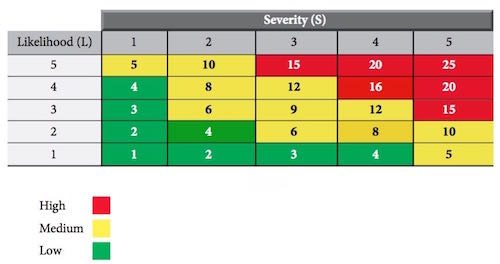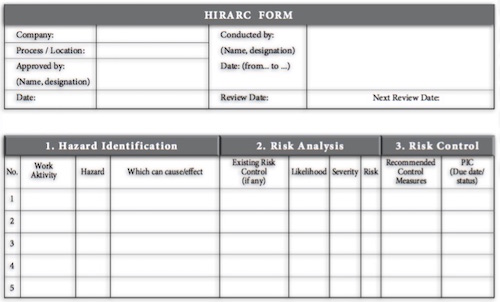Respiratory Protective Equipment (RPE) - Some work activities can cause substances that pollute the air in the form of dust, mists, gases or fumes. This pollution can endanger health. Examples of work activities as follows:
- cut stone, concrete or wood
- use liquid containing volatile solvents
- handling dusty powder which easily spread in the air
- work in areas where low oxygen levels such as confined space, chamber or tank.
Respirator (filtering device) using a filter to remove contaminants from the air sucked in. It is divided into two types:
- Non-powered respirators - depending on the wearer's breathing to draw air through the filter.
- Powered respirators - using the motor to the air passing through the filter to provide clean air supply to the wearer.
Breathing Aparatus (BA) that require a supply of breathing air quality from a source such as air cylinders or air compressors. Users will require adequate and suitable RPE to ensure that the wearer is protected. Adequate means that it is right to hazard and can reduce exposure to the conditions necessary to protect the health of the wearer.
Suitable means that it is right for the user, the task and the environment, as the wearer can work independently and without additional risk exists because the RPE. To help you select which willprotect the wearer RPE you need to understand the following basic items:
- Hazardous materials and the amount that is in the air (exposure).
- Form of a substance in the air (eg gas, particles, and vapors).
- Type a work in progress.
- Any specific needs of the wearer, like other PPE or the need for glasses.
- When you could still breathe in polluted air, although other controls that are in place.
- When there is a short-term or frequent exposure and other controls used are not practical
- Even if you put other controls in place
- When you need to RPE to exit safely in an emergency
- When you need to RPE for emergency work or when there is a failure while recovering control
- When emergency rescue by trained personnel
Selection of RPE must becorrectly and accurately for Users, Tasks, and environment. To help you choose the right RPE, you should refer to the guidance provided by the parties who are qualified and competent in this field. It should be noted chose the wrong equipment will exposeyou to dangerwithout realizing it.
To ensure that your RPE works properly, you must ensure:
- The RPE selected appropriate for the task and the wearer.
- You should test for each user, for each piece of RPE used to be tight.
- The RPE works with other protective equipment worn together.
- Users are trained to use and monitored.
- You keep each device as directed by the manufacturer.
- RPE must be stored properly.
RPE used in the workplace must be CE marked to confirm that it has been designed to meet at least the minimum requirements specified in the law. However, the employer is responsible for selecting the right RPE for their work, the materials involved, the working environment and the wearer. By making a simple survey about your work area, hazards and tasks where RPE is needed, it will help you find the right RPE for your employees.
image : civiquip.com.au















